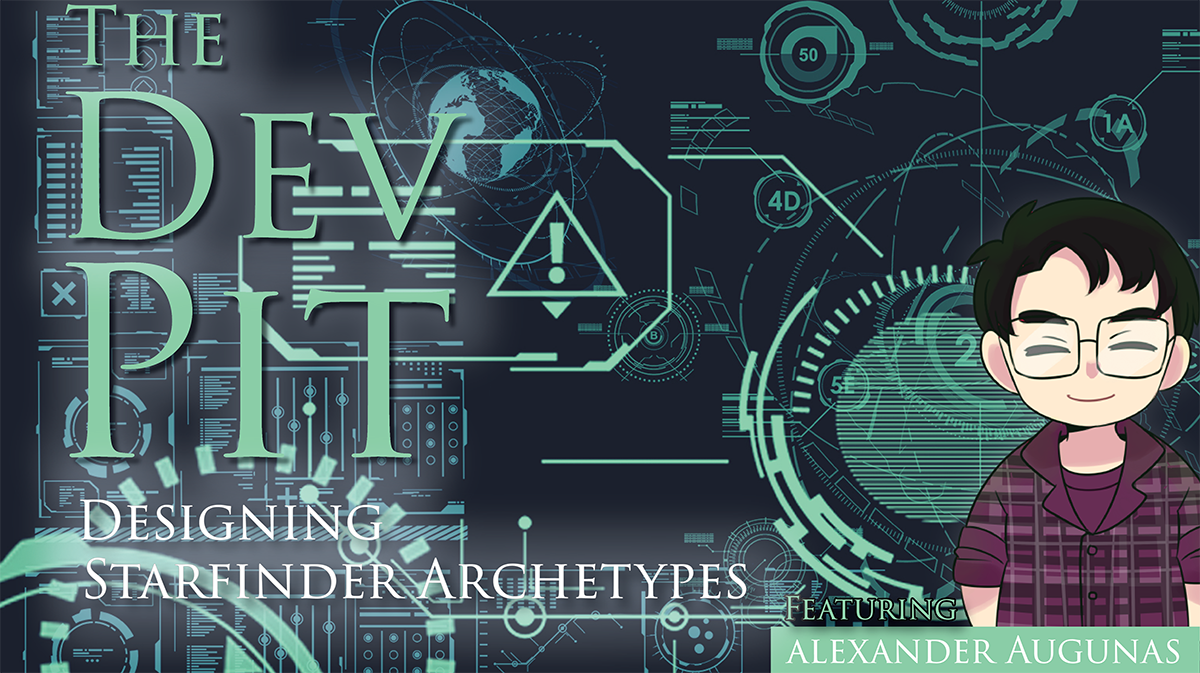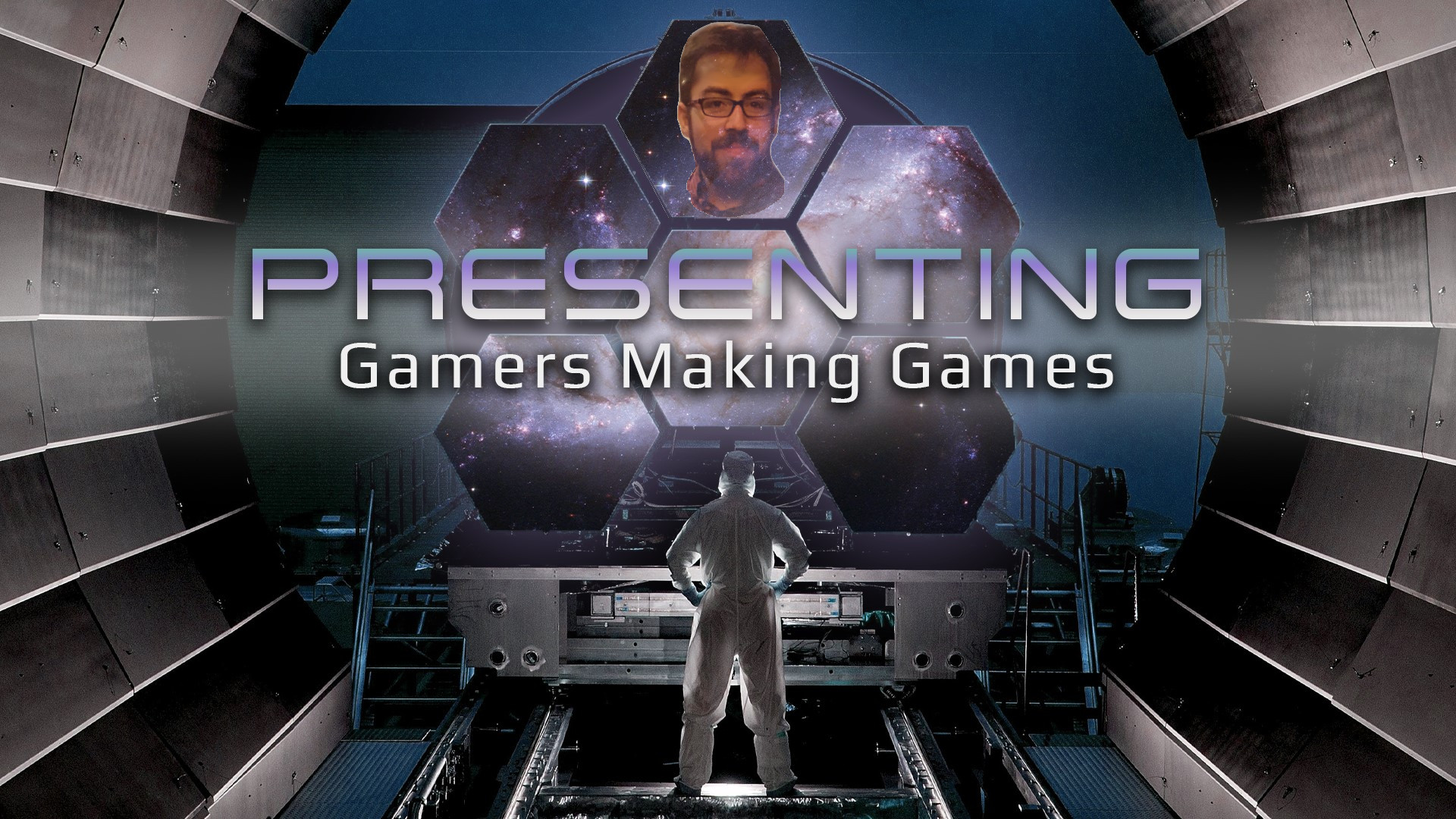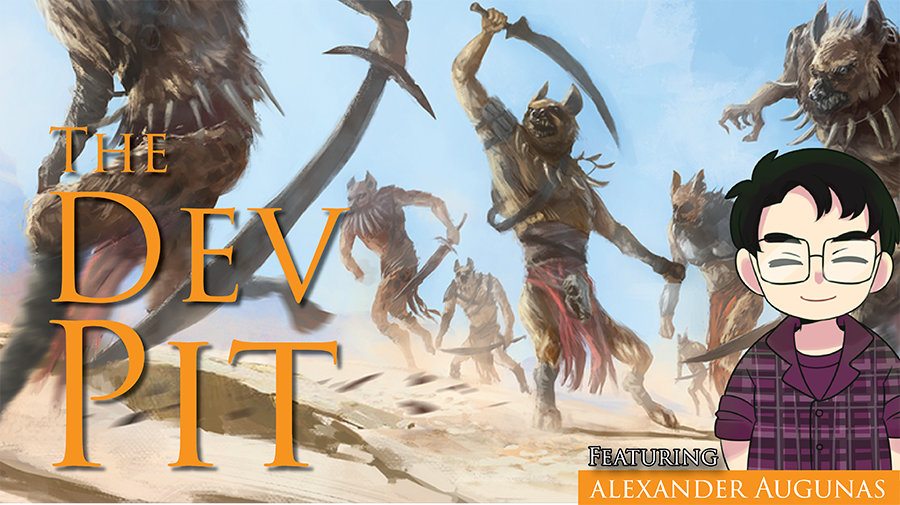Hello, and welcome to the Dev Pit! I’m Alex Augunas, and today we’re talking archetypes for the Starfinder Roleplaying Game!
Archetypes, can you remember a world without them? I’m sure some of you can, and what you remember is a world that had less character customization and more character homogenization. And that’s no fun, right? Well, if there’s one thing that “-finder” games are known for, it’s for having a myriad of ways to customize player characters, and the Starfinder RPG is no different. The Starfinder Core Rulebook has the archetype mechanics core, and seeing how many of Starfinder’s setting books and Adventure Paths include new archetypes, its very clear that archetypes are intended to be a way for GMs to use game mechanics to enrich their setting.
But like in all editions of a “-finder” game, there are archetypes with strong design and archetype with weak design, and today we’re going going to be taking about how to give it your best go around!
Archetype Basics
Before we begin, we need to quickly go over how archetypes work in the Starfinder Roleplaying Game. I’m going to summarize here, but if you want to reference the rules in full, you can do so here.
- You can apply one archetype to each class you have levels in. You cannot apply the same archetype to multiple classes.
- You don’t “gain” an archetype until your level is high enough that you could get its first alternate class feature.
- Archetypes use your level in the class to which the archetype is applied as their class level.
- Every archetype trades out specific abilities from each class at specific levels: 2nd, 4th, 6th, 9th, 12th, and 16th.
- Every class lists the replacements or alterations that their class makes in the book that class was introduced in.
Okay, them’s the basics! Let’s continue.
Archetype Considerations
So, when you’re designing a new archetype for Starfinder, what kind of considerations should you make? I’m glad you asked! When I design a new archetype (such as my starwright archetype in Starfinder Character Operations Manual), here’s what I’m thinking about:
- How Many Alternate Class Features? By default, the maximum number of Alternate Class Features you can expect a player character to gain is five. After all, classes very specifically list which class features they can have swapped by an archetype, and there are only five choices overall. This doesn’t mean that your archetype can only have five options (more on that later), but it does mean that you can’t expect your player to have more than five things from your archetype. As a result, you need to design a somewhat contained experience when you’re working with archetypes.
- What’s the Power Level? Starfinder’s alternate class features have a very deliberate system of comparison when it comes to power level, and that comparison is due to the soldier class. Remember how we mentioned earlier that every archetype trades out specific abilities from their class? Well for the soldier, everything traded out is one of their bonus feats, so that means that every archetype abilities that you swap needs to roughly be as good as a feat; if it’s stronger than this, it is a power gain for the soldier. Of course, there is some variance in that definition. Feats vary wildly in power after all based on their applicability, so you have some wiggle room to work with.
- How Does This Affect Character Building? This is one of the most nefarious considerations, as an archetype can be built mechanically well but ultimately be unliked because it is unconsiderable to the player. What do I mean by this? Well, if you glance through all of the archetype replacement class features (meaning the class features that will be swapped out by the archetype), every single one of them is of the same “type.” They’re all class options, meaning a class feature that gives you a choice that you get to make. Soldier’s are bonus feats, operatives are operative exploits, witchwarpers’ are paradigm shifts, and so on. For many characters, class options are the only choices that you get to make that set your characters apart from others; soldiers, of course, are fortunate in that they get gear boosts and fighting styles to choose from in addition to their bonus feats, but mystics only really get their connection, operatives don’t have many other choices aside from choosing their specialization at 1st level, and witchwarpers only have their paradigm shifts to choose form. Now, over the course of 20 levels, most classes will get 10 of these class options, and if you look at the list about half of them are candidates for replacement class features. Especially if you pile on a lot of replacement class features at 2nd, 4th, and 6th levels, you run the risk of making every character of a certain class with your archetype look and play exactly the same if you load up on early alternate class features. Moreover, since the early levels (i.e. 1 through about 8) are the levels most commonly played, an archetype that front loads early levels runs the risk of taking away all of the player’s choices until the game is halfway over! In a game that prides itself on giving players meaningful choices at every level, it might not be fun to “trade” one choice you made at 2nd level for all the choices you’d make at 4th, 6th, 9th, 12th, and 16th levels.
So, with all this in mind, how do we design a good archetype? Well, let’s look at some of the strongest archetypes for inspiration, shall we?
Powerhouse Archetypes
Rather than tell you what you should do, I want to take the time to show you some archetypes that I think are absolute fire and explain what makes them so good. Ready? Let’s go!
Stewards Officer / Stewards Stalwart
Both of these archetypes have a similar chassis, and that chassis is fire because it’s absolutely brimming with choices for the player to make even after they pick the archetype. The 2nd-level abilities might end up giving you some bonus languages, while the 4th-level ability has a really good list of bonus feats that you can choose from. This isn’t the most flexible, most fun archetype of the ones I’m going to show you, but the built-in list of feats is definitely a good thing in this archetype’s favor!
Medic
The medic is a fire archetype for a very different reason from the Stewards Officer archetypes; unlike them, the medic is compact and to the point. It has three abilities, spaced out between 2nd, 9th, and 18th levels, and as a result there is plenty of room for class choices in between your medic archetype choices. All medics are the same, but you kind of expect them to be given the nature of what a medic does. Moreover, the archetype leaves you with enough room to make interesting choices before the game is over.
Battleflower
This archetype, is fire. It has a sizable list of alternate class features that correspond to specific levels, and at each level you choose whether you get the archetype’s ability or keep your class’s ability. There’s no going back and learning a lower-level alternate class feature, which is disappointing, but you get to make the choice between the archetype’s offering or your class’s offering at every level, and that’s pretty great.
Commando
In terms of giving players the ability to make choices, the command is the second-best archetype in the game. The commando has three alternate class features you have to take: one at 4th, 6th, and 12th levels, and two optional class features at 9th and 18th levels. The 4th level ability has plenty of choice built right in (you get to choose where your “conditioning” bonus gets applied), and as you level up you get to pick more conditioning bonuses. The bonuses themselves are rather small, though; just a passive insight bonus against a small list of conditions. While the mechanics are a little tame (especially considering the final, most fire archetype), the scaffold for how the archetype choices work is very solid.
Battle Leader
Here it is, fam, the most fire archetype in the Starfinder Roleplaying Game. The Battle Leader. This one has two mandatory alternate class features; one at 2nd level and one at 12th level. All the other ones? Optional. You can choose to take a victory cry at 4th, 6th, 9th, and 18th levels. Totally optional. Moreover, victory cry has a lovely list of alternate class features to choose from; rather than being a one for one little battleflower, victory cries are basically their own, little alternate class option. Almost like the battle leader had its own list of operative exploits, or its own list of envoy improvisations. This is the best design of any of the archetype designs we’ve gone over. It’s THE archetype design; it takes everything that is great about the PF2 archetype design and applies it flawlessly to Starfinder. In my opinion. So if you’re making an archetype and want to maximize on player agency and choice, this is where you should be looking.
Wrapping It Up
Starfinder has an archetype system that’s inspired by PF1 and that inspired PF2, but is very much its own thing. Like any archetype, however, a Starfinder archetype is at its best when it is allowed to help give players meaningful choices rather than take those choices away. There will be times that it makes perfect sense for an archetype to have a very rigid list of alternate class features, but if you really want to make an archetype shine it needs to be flexible enough that players can, well, play with it. An archetype that’s just a cookie cutter is no fun; make it pliable and exciting and you’ve got yourself a winning formula, however!
That’s all I’ve got to say for now. Tune in next week where I’m swapping spots with Dustin for a week so he can do GenCon stuff, and I can TELL YOU ABOUT MY CHARACTER, A BATTLE LEADER BRENNERI ENVOY, IN A SPECIAL “SAVING DUSTIN’S BACON” EPISODE OF ICONIC DESIGN!
Stay safe out there!

Alexander “Alex” Augunas, the Everyman Gamer, has been playing Tabletop Roleplaying Games since 2007 after a friend pretended to be his father in order to smuggle him out of high school so his gaming group had enough people to run a module. Today, Alex is the owner and publisher of Everybody Games, a co-host on Know Direction: Beyond and RPG Design Club, and a player on Stellar. You can follow Alex’s exploits on Twitter (@AlJAug), on Facebook, or on Patreon. Know Direction fans are also welcome to “@Alex” him on the Know Direction discord server!






